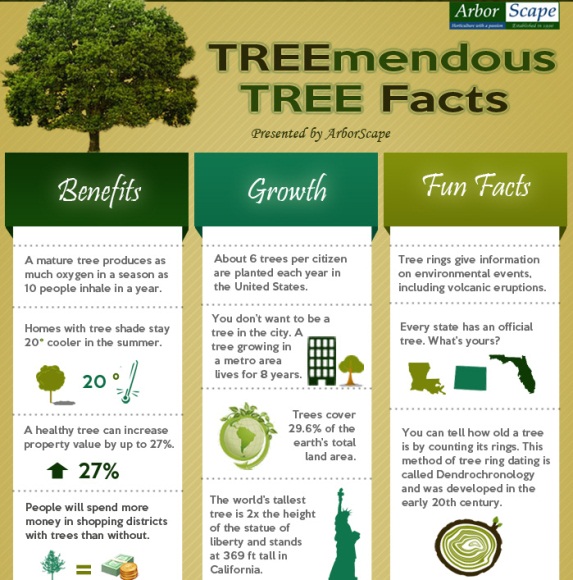Tree Care Throughout The Seasons: Ideal Practices For Taking Care Of Trees Prior To And Complying With Elimination
Tree Care Throughout The Seasons: Ideal Practices For Taking Care Of Trees Prior To And Complying With Elimination
Blog Article
Short Article Composed By-
When it comes to seasonal tree treatment, ensuring appropriate management prior to and after elimination can dramatically influence the wellness and aesthetic appeals of your landscape. By understanding the necessary actions associated with assessing tree health and planning for elimination, you can proactively protect your residential or commercial property. Yet what about the critical techniques to comply with once the tree is gone? Keep tuned to discover the important post-removal care actions that will aid you cultivate a flourishing and lasting setting for your trees.
Pre-Removal Tree Care
Prior to dealing with the elimination of a tree, it's important to focus on pre-removal tree treatment. Begin by analyzing the tree's health and wellness and architectural honesty. Try to find signs of disease, pest problems, or any architectural concerns that may posture a safety threat throughout elimination. It's essential to talk to a qualified arborist to figure out the very best strategy.
Pruning dead or diseased branches can stop further damage to the tree and make sure a smoother elimination process.
Furthermore, consider the ecological influence of getting rid of the tree. Trees play a crucial role in our ecosystem, so growing a new tree in an appropriate area can help counter any type of loss. Guarantee that you have the essential licenses and consents for tree removal, especially if the tree is safeguarded by neighborhood regulations.
Seasonal Upkeep Tips
Examining your tree's needs throughout the year is imperative for its health and long life. To maintain your trees in leading problem, adhere to these seasonal upkeep pointers.
In springtime, focus on trimming to get rid of dead or broken branches and motivate brand-new growth.
Summertime calls for regular watering, specifically throughout dry spells, to guarantee your tree remains hydrated.
As loss approaches, watch out for very early indicators of illness or tension, and consider using mulch to protect the origins throughout winter months.
In visit the following post , beware when getting rid of snow from branches to prevent damage, and continue to check your tree's overall health.
Bear in mind to readjust your care regular based on the particular demands of your tree types and local climate. By remaining attentive and positive throughout the periods, you can aid your trees flourish and thrive for years ahead.
Post-Removal Tree Care
To make sure the health and wellness of your landscape even after tree elimination, proper post-removal care is vital. After a tree is removed, it's important to fill the remaining opening with topsoil and portable it to avoid settling. This will help keep the stability of the ground and protect against prospective risks in the future.
Think about planting brand-new vegetation instead of the gotten rid of tree to bring back the balance and aesthetic appeals of your landscape. Regularly water the area to promote the development of brand-new plants and stop dirt disintegration.
Check the bordering trees for any type of indications of condition or tension that may have been caused by the removed tree. Keep service tree out for parasites that might've been brought in to the previous tree and take safety nets to protect the continuing to be plants.
If needed, seek https://besttreetrimmingsaw40627.win-blog.com/11485830/five-factors-to-pick-expert-tree-debris-elimination-provider from a specialist arborist to examine the impact of the removal on the bordering trees and identify any extra care needed. By adhering to these post-removal treatment actions, you can ensure the continued wellness and beauty of your landscape.
Final thought
Finally, aggressive seasonal tree treatment is crucial for maintaining the wellness and balance of your landscape. By examining tree health and wellness, trimming, and consulting with an arborist before removal, you can ensure a risk-free process. After elimination, filling the hole, planting new vegetation, and normal watering will advertise brand-new development and prevent disintegration. Bear in mind to evaluate bordering trees for illness and look for additional treatment steps from an arborist to keep your landscape growing.
